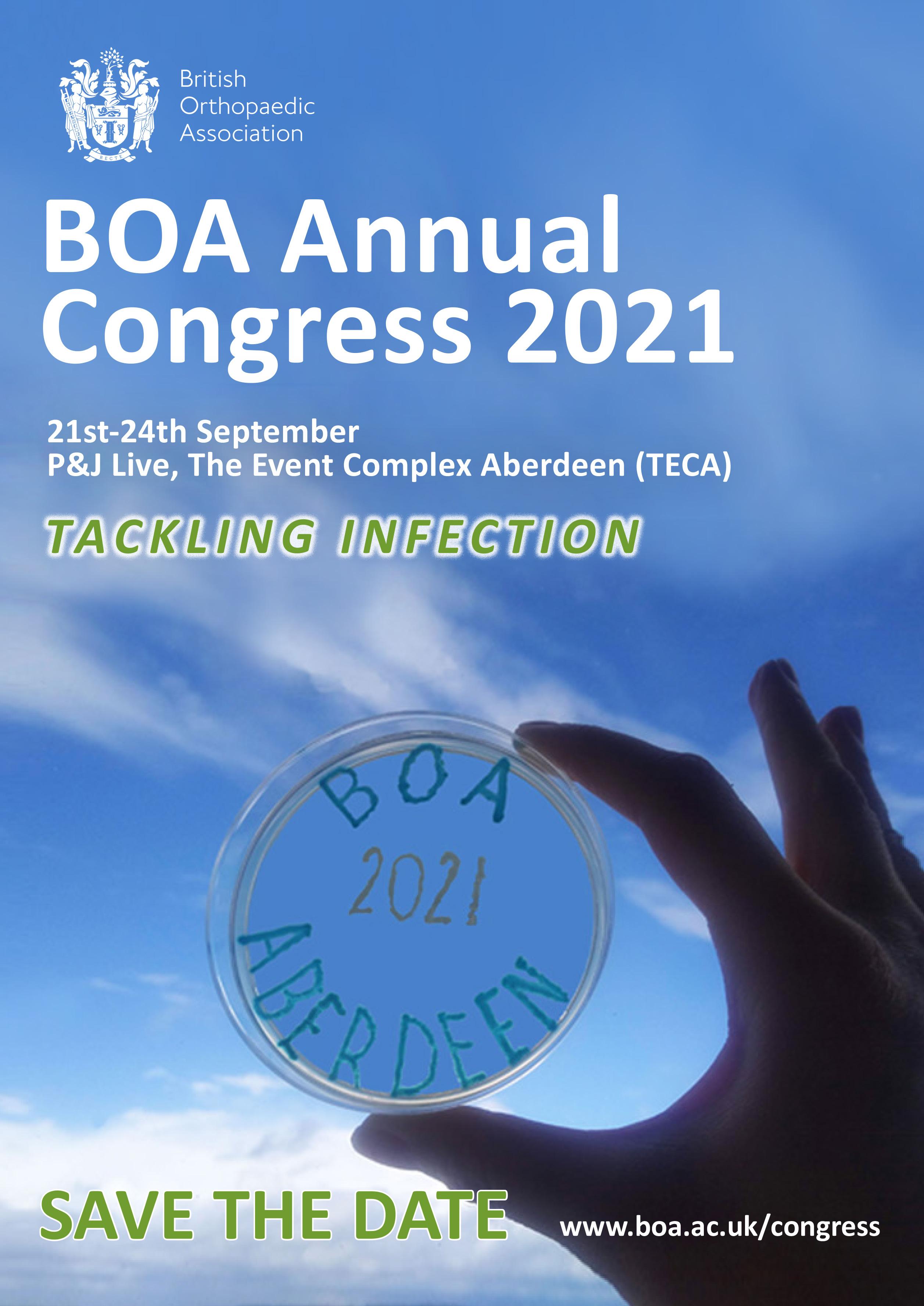
4 minute read
In Memoriam
On behalf of the BOA and the JTO, I apologise for the unpardonable error that occurred in the last edition of the JTO with respect to the obituary for John Ireland. The final two lines of the printed text referred to another BOA member and to his obituary, not to John Ireland. We are very sorry for the upset our error has caused the family and all who knew him and we appreciate that these words of apology will not heal, but we hope they may help.
Deborah Eastwood Editor, JTO
Advertisement
John Ireland
14 July 1942 – 16 May 2019
Obituary by David Ireland and Richard Parkinson
John Ireland was one of the leading knee surgeons of his era. Among his surgical colleagues he was respected as a fine clinician and surgeon and the author of valuable and practical research on many aspects of knee surgery. His long-lasting care for his patients inspired affection and loyalty and a large number of amateur and professional sportsmen have been able to resume their sport at the highest level after his surgical interventions.
John Ireland was born in 1942, close to the RAF station where his father, an oral surgeon, was helping to treat the many pilots injured during the course of the war. After moving to East Grinstead, the family returned to its Suffolk roots at Ipswich where John was a fine middle distance and cross country runner. John trained in medicine at Westminster Hospital Medical School and from his early days he displayed an adventurous spirit and a desire to learn. His first House Job was on the orthopaedic firm, working for H. E. ‘Ding’ Harding, who became a mentor and friend. He did his student elective in France and returned to England with valuable surgical experience and with the ability to speak good French.
After qualification he sailed around the world as ship’s surgeon aboard the Ocean Liner Canberra before becoming a registrar at the Hillingdon Hospital in Middlesex, where he met his future wife Shahla, an SHO. He applied for, and was appointed to be a registrar on the orthopaedic training programme at the Royal National Orthopaedic Hospital, but had already arranged a post as the general surgeon to a hospital in Papua New Guinea, and was surprised and delighted that the RNOH agreed to delay his start there for six months. He worked on all the firms in the various sub-specialties, but it was working on the knee, especially for the late Lorden Trickey, that he found his particular interest.
His first consultant job was at the King George Hospital in Ilford where he increasingly specialised in surgery of the knee. He travelled extensively and pursued a relentless drive to achieve the highest possible standards in his surgical practice.
After thirteen years at King George’s when promised funding for a knee unit did not materialise, he left the NHS and worked solely in private practice, almost exclusively at the Holly House Hospital. There he raised funds to employ a Knee Fellow, and for fourteen years there was an orthopaedic registrar rotation between Holly House and Newham, in the NHS, part-funded by Johnson and Johnson. Aside from work and family life, golf was his life’s passion. He played whenever he could and set up the New Knee Golf Society, for players of golf of any standard who had undergone knee replacement surgery. Meetings were held at clubs from the West Country to the far north, with John organising tirelessly, setting up funding, and, attending meetings up and down the country to present prizes and encouraging new members to join. This was a wonderful way to get post-operative patients back to normal life and fitness.
His love of chamber music was also a constant throughout his life. At every concert he attended he would be in the front row, pen poised, to write constructive notes and critiques of any performance. His characteristic handwriting reflected the man – bold and distinctive, yet at the same time, careful and precise. The joy that he took in hand-written correspondence was the reason for his preference for the fax and letter over the meaningless impersonality of the email.
In 1978 John founded the Sesamoid Society, an orthopaedic travelling club, with a handful of orthopaedic registrars. The Society met every six months and recently held its seventy-ninth meeting. This was only the second meeting that John and Shahla failed to attend, due to John’s illness. John was also a founder member of the British Association for Surgery of the Knee.
Generous and tireless in helping others, John will be long remembered in the orthopaedic community for his surgical expertise, his distinctive style, his passion for golf, and his kindness. He bore his final illness with grace and courage. He leaves his wife Shahla, two sons and a daughter. n











